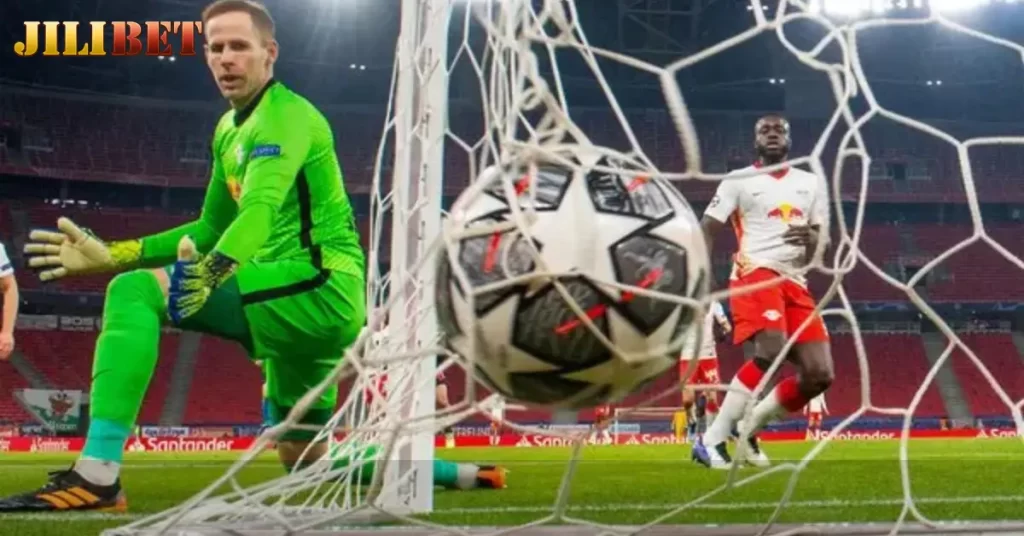Home-and-away matches describe a format in which two teams face each other twice in a competition or tournament. The first game is the “home leg”, and the second is the “away leg”. The aggregate score of goals scored and conceded across both matches determines the winner. If the aggregate score is tied, the winner may be decided by a penalty shootout or by the “away goals rule”, where the team that scores more goals on the opponent’s home ground advances.
Let’s explore with NicePH why this format was introduced and the tournaments that currently use it!
Why Do We Have Home-and-Away Matches?
The home-and-away format was first implemented in 1965 and has since become widely adopted across the globe. Although this format has sparked some debate, its undeniable benefits have solidified its place in modern football.

For avid football fans, the advantages of the home-and-away system can be seen from both a professional and economic perspective.
Professional Advantages
From a professional standpoint, organizing two matches ensures fairness, as each team gets to play one match at their home ground and another at their opponent’s. If a team performs poorly in the first leg, they have a chance to recover in the second leg.
For instance, imagine having to play at iconic stadiums like Liverpool’s Anfield or Borussia Dortmund’s Signal Iduna Park in Germany without the opportunity to host a second leg at your own home ground. Such a scenario would undeniably be unfair, as these stadiums provide a significant psychological advantage to the home teams.
This format forces teams to strategize carefully to secure victory. For example, if a key player suffers a minor injury during the first leg, coaches can rest them, knowing there’s still a second leg to play. However, if there were only one match, that player might be pressured to play through the pain, potentially leading to severe consequences.
=> Read more: What is Match Fixing? Signs of Match-Fixing Behavior
Economic Benefits
From an economic perspective, hosting two matches boosts the value of broadcasting rights, especially for highly competitive and popular tournaments.
WHAT ARE HOME-AND-AWAY MATCHES?
Sometimes matches or tournaments are decided over two games – the home leg and the away leg – with one team playing at home first and then away in the second game. This format is commonly seen in the knockout stages of the World Cup and Champions League, as well as in play-off matches for qualification into tournaments like the AFF Cup.
Each match is referred to as a “leg”, resulting in a “home-and-away” format. Playing the second leg at home is often seen as advantageous, as the support of home fans can elevate the team’s performance.
=> Read more: SABA Sports – The Most Voted Betting Platform of 2024
Competitions Using the Home-and-Away Format
Today, the two-legged format is widely adopted in football competitions, whether at the club or national level.
At the Club Level
In domestic leagues, the round-robin format with home-and-away matches is standard for determining standings over a season. Meanwhile, domestic cup competitions, such as the Copa del Rey in Spain or the Coppa Italia in Italy, often utilize two-legged ties in their knockout rounds.

However, in countries like Germany and England, due to historical reasons, one-leg formats are still used in their domestic cup competitions, such as the FA Cup and the DFB-Pokal.
When it comes to regional or continental tournaments, notable examples include the UEFA Champions League and Europa League in Europe, Copa Libertadores in South America, and the AFC Champions League in Asia. These competitions use the home-and-away format to ensure fairness by allowing each team to play one match at their home ground.
At the National Team Level
For international tournaments like the FIFA World Cup or the UEFA European Championship, the final stages are hosted by one or two countries, making the two-legged format impractical.
However, in qualification play-offs for these tournaments, home-and-away matches are used to ensure fairness. Since events like the World Cup or the Euros only occur every four years, there is sufficient time to conduct qualifying rounds with this format, ensuring the strongest teams advance to the finals.

Closer to home, the AFF Championship (AFF Cup) also adopts the home-and-away format from the semi-finals onward, including the final. This is a unique feature, as it’s rare to see finals played over two legs in other tournaments.
=> Are you looking for a reputable and top-quality casino for betting? Try our partners: Goal11 Casino.
Conclusion Home-and-away Matches
We’ve explored what home-and-away matches are, their key features, and the competitions that use this format. Hopefully, this knowledge helps enhance your football viewing experience or assists you in making informed betting decisions.

